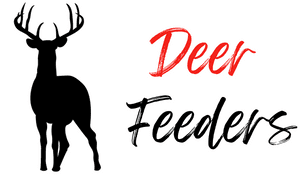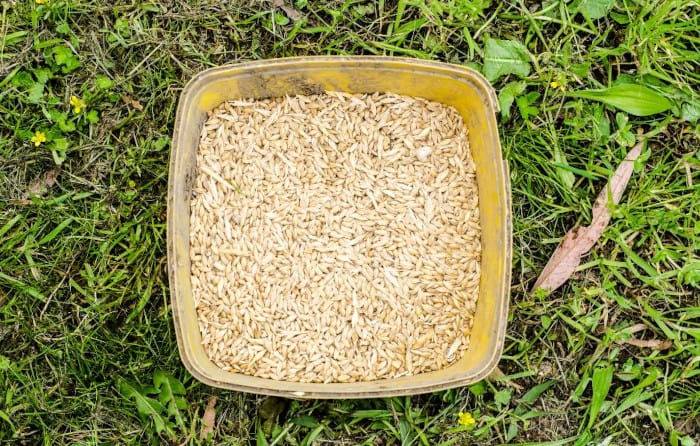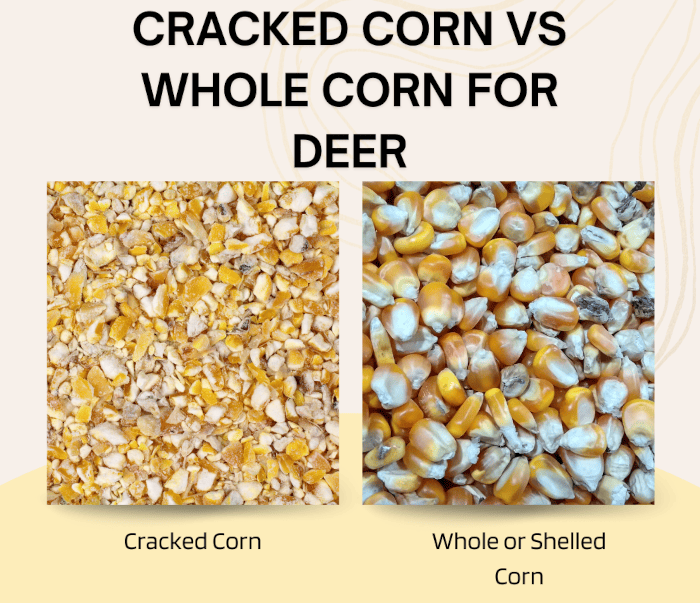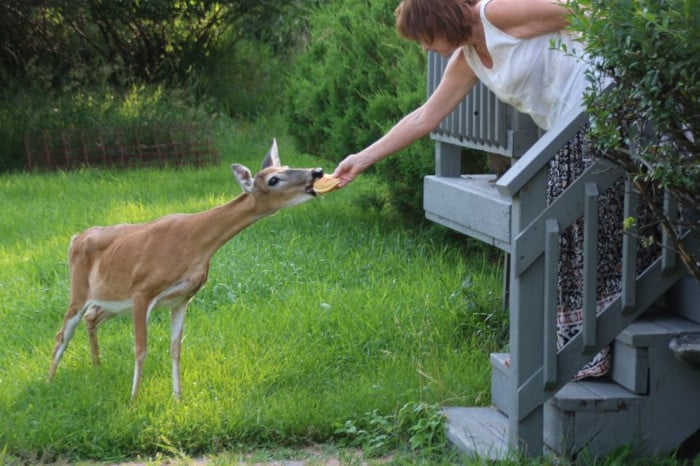Most deer species, especially whitetail deer, have a very diverse diet that is primarily made up of natural food sources like nuts, grass, legumes, etc. However, deer are also known to consume vegetables and plants that are not native to their habitat. While deer will eat several fruits like apples, oranges, and pumpkins, the question to answer is: do deer eat celery?
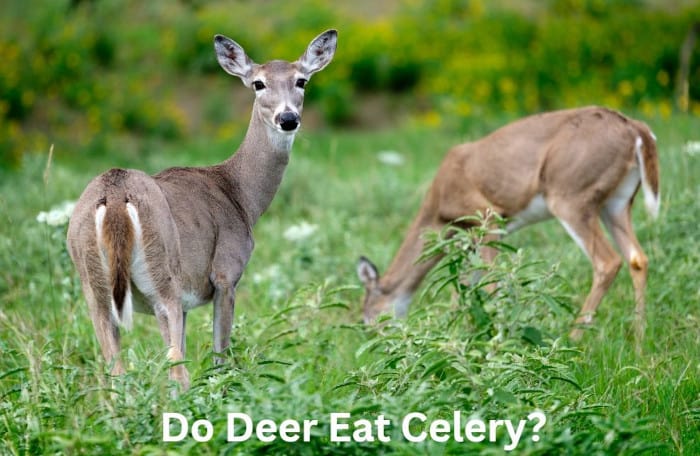
What is Celery?
Celery (Apium graveolons) is a plant species that is part of the Apiaceae family, which also includes carrots, fennel, and parsley. Although most of the plant is available for human consumption, the celery stalk is the most popular part of the plant for human consumption. The stalk can be eaten raw, eaten in a salad, or is a popular flavoring in dishes like pot roast, stew, and soup.
Celery is grown commercially and is also a popular garden vegetable for backyard gardens. In the United States, the most common celery sub-species grown commercially is called the Pascal celery, which is typically green and white on the outside and more white on the inside.
In addition to being grown commercially, there are several celery sub-species that grow naturally in the wild.
Key Takeaways
– Deer are attracted to celery and find it irresistible due to its taste, despite its strong aroma.
– Celery provides nutritional benefits, antioxidants, and essential nutrients for deer, making it a healthy addition to their diet in moderation.
– Deer can eat celery plants down to the ground if they are hungry enough, which can significantly impact the survival of celery crops.
– To protect celery from deer, physical barriers such as fences or netting, as well as repellents with strong scents or tastes unappealing to deer, can be used successfully.
What do Deer Eat?
Wild deer are herbivorous animals and, like most herbivores, their diet is largely defined by what is available in their environment. This means that wild deer eat a wide variety of plant matter, including leaves, nuts, bark, and indeed, even celery stalks and leaves if they come across them. This isn’t to say all deer eat celery, but the availability and accessibility of celery in a particular deer’s environment can influence whether they consume it. For example, a deer living near a garden where celery is grown may include celery in its diet more frequently than a deer living in an area without access to such gardens.
While white-tailed deer are known to eat a wide range of plants, they particularly enjoy celery due to its appealing taste, despite its strong aroma. Celery leaves are preferred over the stalks by deer. It is important to note that deer will eat celery plants down to the ground if they are hungry enough.
In addition to celery, there are alternative vegetables that deer consume, including carrots, beetroot, pumpkins, and cucumbers. It is worth mentioning that rabbits, groundhogs, and squirrels also have a taste for celery.

Will Deer Eat Celery?
Despite its strong aroma, celery is a favored food source for various animals, including deer, due to its appealing taste and abundance of essential nutrients. Celery provides nutritional value for wildlife, including deer, as it contains water and essential nutrients. In moderation, celery can be a healthy addition to a deer’s diet, as it offers antioxidants that protect against cell damage.
Deer will eat all parts of the celery plant, including the celery leaves and celery stalk.
When deer are hungry, they can eat celery plants down to the ground, leaving them unable to regrow. This can be problematic for farmers or gardeners who rely on celery as a crop.
How to Protect Celery Plants From Deer
To safeguard celery from potential damage caused by wildlife, there are various methods available to protect the plants.
One effective approach is the use of deer repellents. These repellents are designed to deter deer from approaching and feeding on the celery plants. They often contain strong scents or tastes that are unappealing to deer, such as garlic or rotten eggs. In addition to natural deterrents, there are also several commercially produced deer deterrent mixtures on the market.
Another method to protect celery from deer is the creation of natural barriers. This can include planting other plants that deer find unpalatable around the celery, such as daffodils or marigolds.
Additionally, physical barriers like fences or netting can be erected around the celery to prevent deer from accessing it.
By employing these methods, celery growers can successfully deter deer and ensure the safety of their plants.
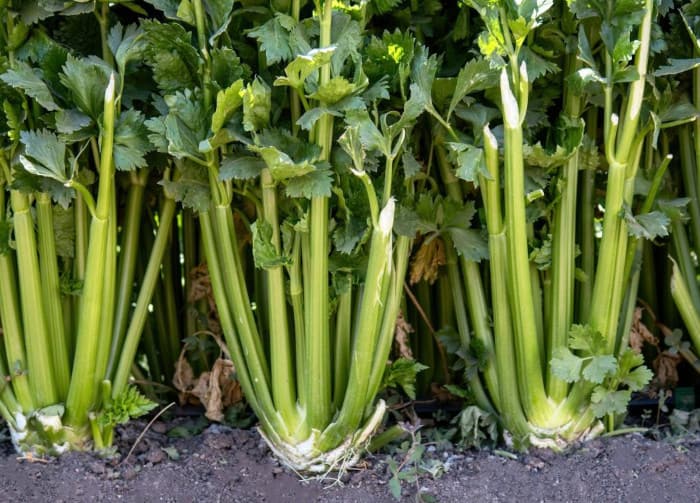
Frequently Asked Questions
Here are some frequently asked questions related to deer consuming celery:
Can deer eat other types of vegetables besides celery?
Deer have a varied diet and can consume a range of vegetables, such as carrots and potatoes. These vegetables are known to be appealing to deer due to their palatability and nutritional content. In addition to celery, deer may also consume other vegetables like beetroot, pumpkins, and cucumbers.
Do other animals besides deer eat celery?
Celery is not only enjoyed by deer but also serves as a common snack for various other animals. Rabbits, groundhogs, and squirrels are known to consume celery, indicating its appeal to wildlife. These animals, like deer, find celery’s leaves and stalks appealing despite its strong aroma.
Can celery regrow if it has been damaged by deer?
Celery has limited regrowth capability when damaged by deer. Deer foraging can cause significant damage to celery plants, and once damaged, they cannot regrow Therefore, it is important to take preventive measures such as creating physical barriers or using repellents to keep deer away from celery crops in order to protect them from irreparable damage.
How can I keep deer from eating my celery?
There are a few methods you can try to deter deer from eating your celery. One option is to put up a fence around your garden or plants. You can also try using deer repellents or planting deer-resistant plants near your celery.
Can I feed deer celery?
If you want to feed celery to deer, you can leave it out for them to find in their natural habitat. However, it is important to note that some experts recommend against feeding wild deer as it can disrupt their natural feeding patterns. It’s also worth noting that it may be illegal in some places to intentionally feed deer, as this can upset the local deer population and cause issues with overpopulation and disease.
Is celery good for deer?
For the most part, celery is not a natural food for deer, but they may still eat it if given the opportunity. Deer biologists have indicated that it is not harmful to their health. Celery contains some nutritional value that can benefit deer, such as vitamins and minerals. However, it should not be the main component of their diet, as it is not their natural food.
Do deer eat celery stalks?
Yes, deer will eat celery stalks if they have access to them. Typically, whitetails will start feeding on the top of the plant (the leaves) and then continue down the stalk. Typically, deer will eat the stalk all the way down to the ground.
Are celery leaves safe for deer to eat?
Deer researchers and biologists have indicated that celery leaves don’t pose a health threat to deer.
What other vegetables do deer eat?
Deer are known to eat a variety of vegetables, including carrots, lettuce, broccoli, and cabbage. They are primarily herbivores and will consume different types of vegetation.
